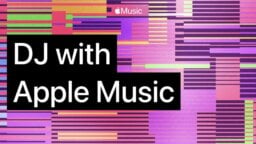Earlier this week, Amazon unveiled its all-new Spotify rival in the US – ‘Amazon Music Unlimited’ – complete with two subscription packages that bested its rivals on price.
There’s a $7.99-per-month option for those people who already subscribe to Amazon Prime, while those happy to simply use an on-demand service locked to their Echo speaker can get Amazon Music Unlimited for a bargain $3.99-a-month.
Everyone else has to pay the industry-standard $9.99-a-month for access; the same typical price point charged by Spotify and Amazon.
Why did the major labels agree to sign away their rights for Amazon’s price-deducted offers when some feel that even the industry-standard $9.99-a-month streaming offer is too cheap?
According to sources, it’s because the $3.99-a-month Echo package has been sold as a great way to up-sell customers to more premium offerings, and the majors are intrigued by the prospect.
As for the $7.99-a-month tier? That’s more intriguing – because Amazon has agreed to pony up the difference.
Recode first reported that Amazon has effectively agreed to cover an extra $2 per user at this price point, which has since been verified by MBW’s industry sources.
Amazon is therefore expected to be paying out $5.50 to $6 each month to record labels and artists for each $7.99 Prime subscriber – in addition to around $1.50 a month to publishers and songwriters.
In other words, the amount of cash Amazon will be paying music rights-holders from these subscriptions – at least for the time being – will hover very near the subscription price itself.
That’s a wafer-thin margin agreed before admin, marketing and staff costs – let alone tax.
So it’s perhaps safe to suggest Amazon sees the $7.99 Music Unlimited price point as a useful way to attract and renew subscribers (‘members’) to its wider Prime service.
Remember: no Prime membership, no $7.99-a-month music subscription.Music Business Worldwide




